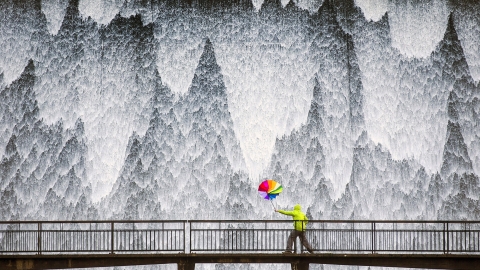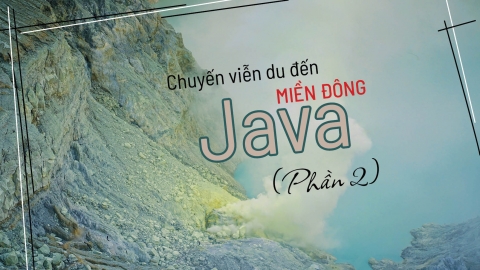Truc Lam Chanh Giac Zen Monastery is located in Hamlet 1, Thanh Tan Commune, Tan Phuoc District, Tien Giang Province. This is a pagoda built in 2012 according to the traditional model of the Truc Lam Yen Tu sect under the Ministry of Vietnam Buddhist Sangha. Since its inauguration, in addition to becoming a center for studying and practicing, the Zen Monastery has also created an important highlight to attract tourists to Tien Giang, contributing to changing the face of a poor commune of Tan Phuoc District.
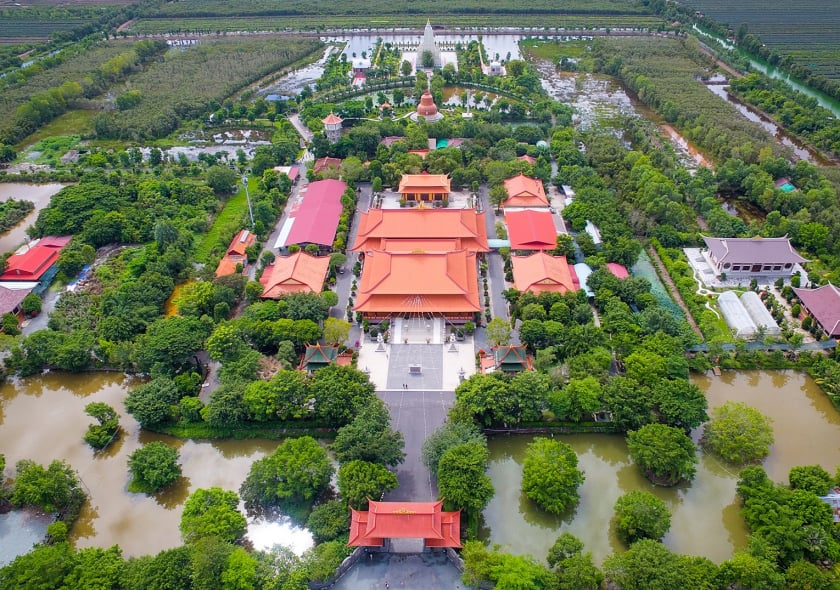
Truc Lam Chanh Giac Zen Monastery was built in 2012.

The temple is about half an hour by motorbike from the center of Tien Giang province.
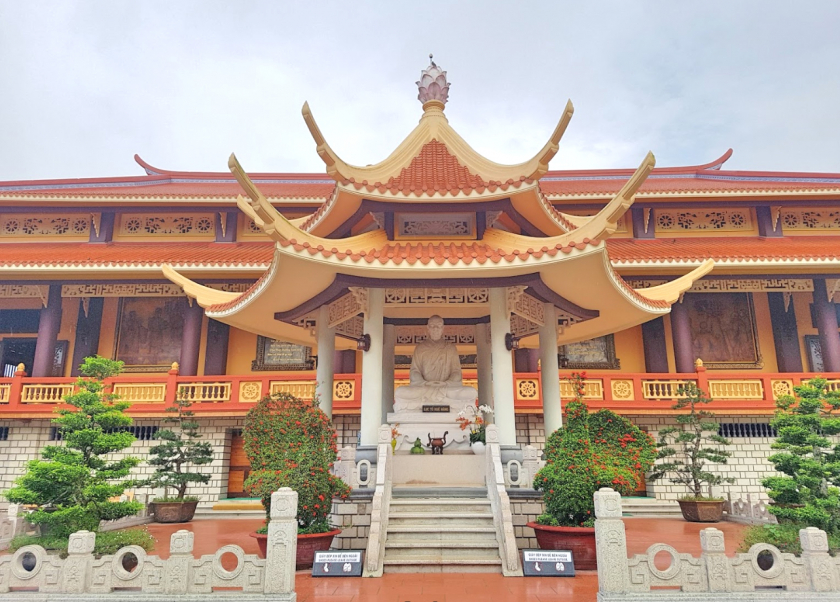
Statue of the Sixth Patriarch Huineng.
To reach the Zen Monastery, starting from the center of Tien Giang province, visitors travel from Trung Luong intersection on National Highway 1A, heading west for 6km to Long Dinh, then continue to My Phuoc town, Tan Phuoc district. Then, continue for about 10km to reach Truc Lam Chanh Giac Zen Monastery. There are always signs on the way to the Zen Monastery.
The Truc Lam Chanh Giac Zen Monastery was designed similar to the Truc Lam Zen Monastery in Da Lat. During the construction process, this pagoda was created by the efforts of many Buddhists in the pagoda. The Zen monastery has a total area of 50 hectares, a large campus with many old trees and many giant stone blocks.
The specialty of the Mekong Delta is the flood season. Therefore, around the Truc Lam Chanh Giac Zen Monastery, a dike system was built outside to prevent floodwater from entering the campus. This is also a difference compared to Truc Lam Zen Monastery.
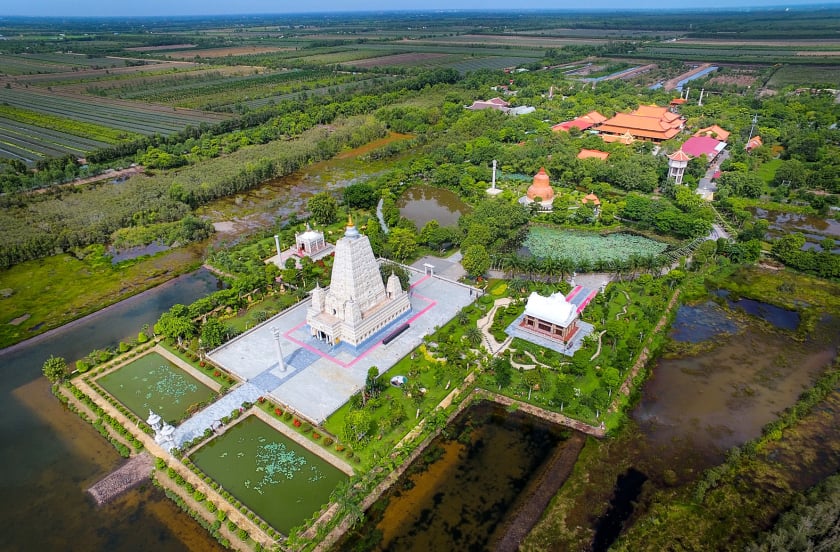
Outstanding architecture of Truc Lam Chan Giac Zen Monastery.
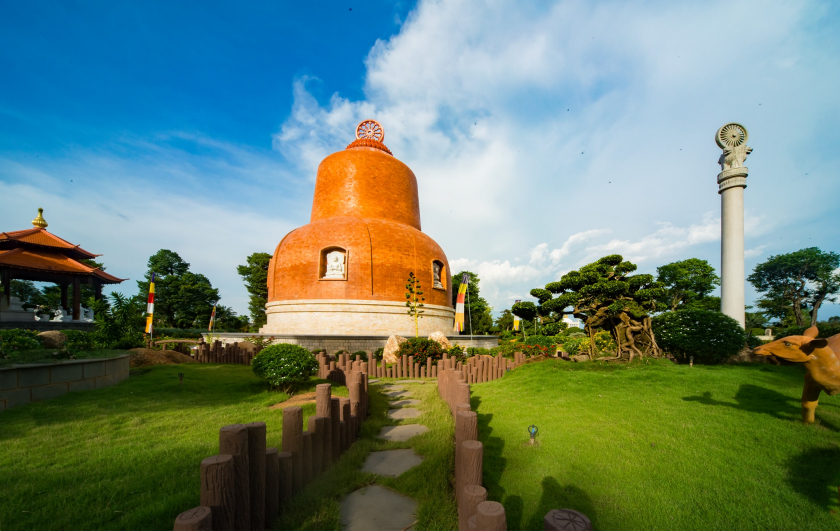
Four Holy Relics at Truc Lam Chan Giac Zen Monastery.
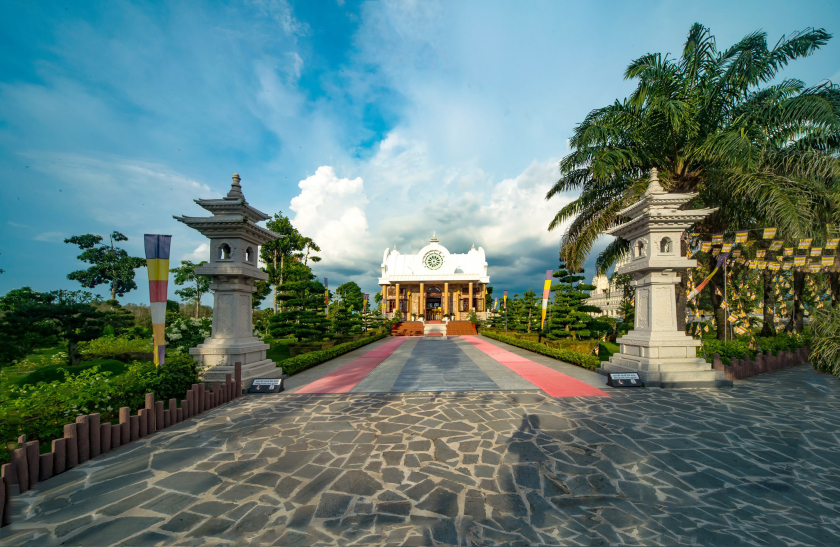
The Zen monastery has both modern and traditional architecture.
The Zen Monastery is divided into two completely separate areas, including the inner courtyard and the outer courtyard. In which, the outer courtyard is the area with structures such as the Main Hall, Patriarch Hall, Meditation Hall, Lecture Hall, Outer Monk House, Dining Hall, Library, Exhibition House, Bell Tower, Drum Tower, Male Layman Guest House, Female Layman Guest House with an area of over 47,000m2. In which, the Main Hall of the Zen Monastery can accommodate up to more than 3,000 people.
The inner part of the monastery has a more private and quiet space, suitable for constructing structures such as 4 Sangha halls, 1 Zen hall and 10 specialized practice rooms, reserved only for Buddhists living, studying and practicing in the monastery.
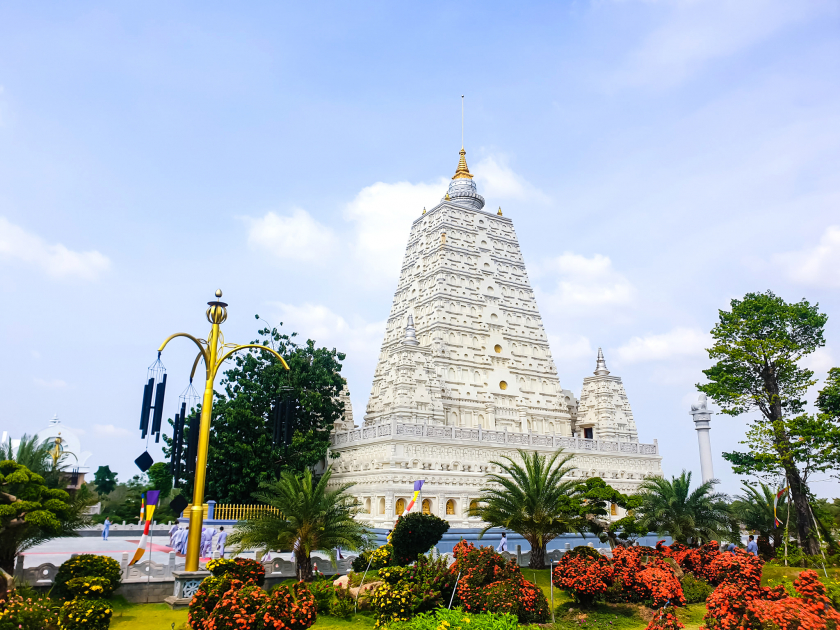
The tower attracts young people to check-in.
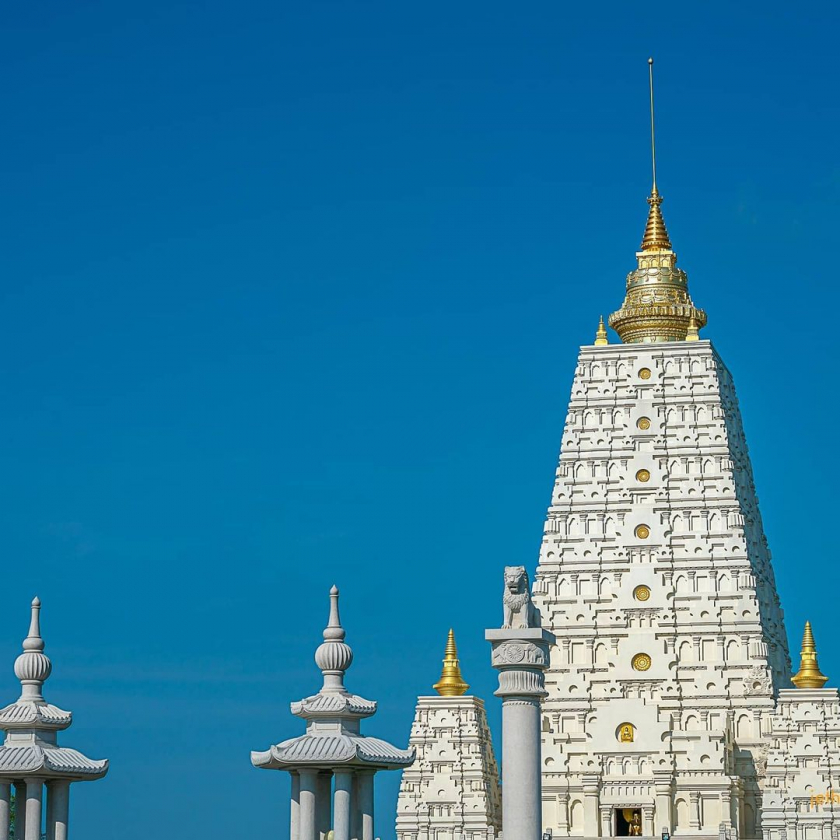

In particular, the Truc Lam Chanh Giac Zen Monastery owns a statue of Buddha Sakyamuni carved from jade, gilded with gold, 4.5m high and weighing over 30 tons, personally crafted by Myanmar artisans. The important highlight in the entire architecture of this Truc Lam Chanh Giac Zen Monastery is the four Holy Relics (also known as the Four Hearts) built in a ratio of 6/10 with the original holy relics in India and Nepal, two countries considered the cradle of Buddhism.
These four sacred sites include Lumbini Garden where Buddha was born, Bodh Gaya where Buddha attained enlightenment, Deer Park where Buddha turned the wheel of dharma, and Kushinagar where Buddha entered nirvana. One of the outstanding structures, dubbed "Little India", is the 31m high main stupa. The white paint exudes majesty, plus the details and sophisticated carvings on the outside have contributed to attracting young people to check in. Meanwhile, in the central area of the Zen monastery, a 25m high artificial mountain is built to support the ancestral hall and main hall.
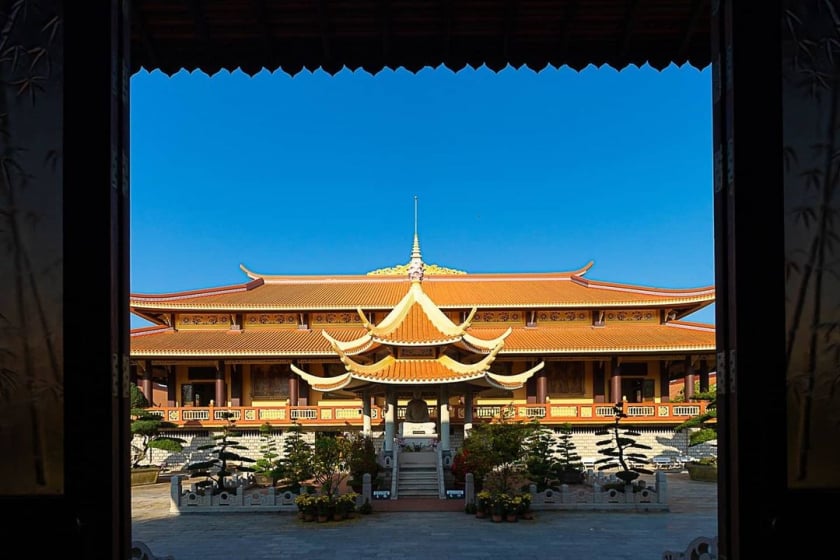
Truc Lam Chan Giac Zen Monastery is always open to visitors from all directions.
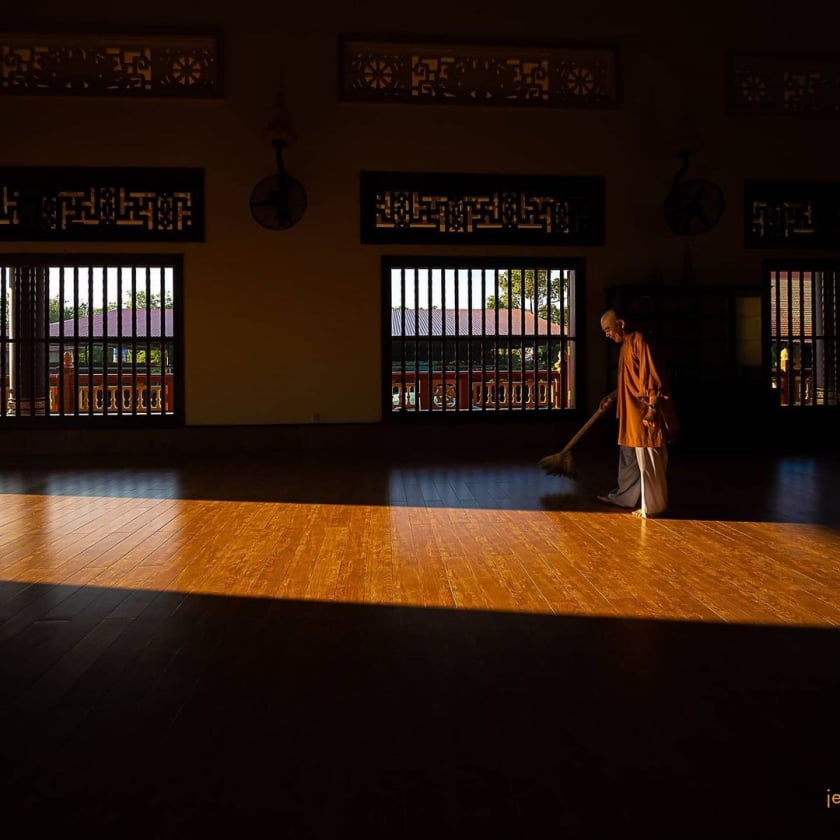
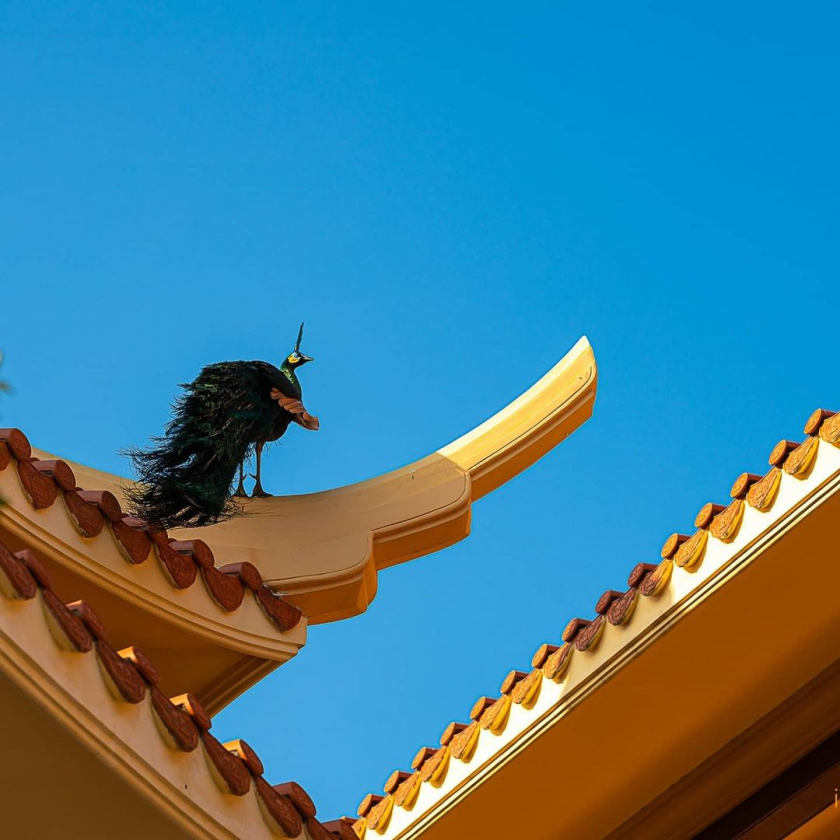
On the third Sunday of each month, Truc Lam Giac Chanh Zen Monastery regularly organizes activities for Buddhists. People can worship, chant, repent, listen to Dharma talks, meditate or simply come to visit and find some peace in the midst of their busy daily lives. In addition, every two months, the Zen Monastery also organizes a ceremony to transmit the Three Refuges and Five Precepts to Buddhists. In addition, the Zen Monastery regularly welcomes visitors from all over the province to visit and worship.



























